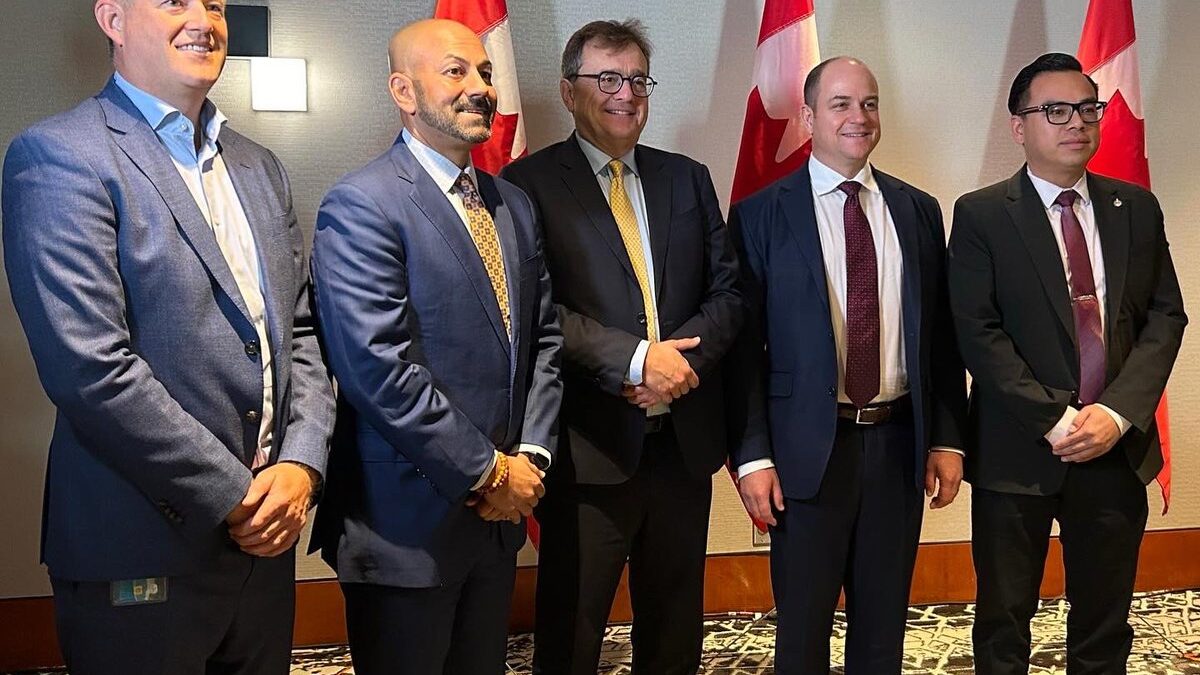In an effort to position itself at the forefront of the global shift toward a low-carbon future, Canada is making significant strides in critical minerals development. Recognizing the vast opportunities that come with tapping into its mineral-rich northern territories, Canada is setting the stage to become a leader in the production of key resources essential for clean energy technologies. By focusing on infrastructure that supports this development, Canada aims to generate sustainable jobs and boost its economy, from exploration to recycling, across the entire critical mineral value chain.
On September 20, 2024, the Canadian government made a major announcement that underscores this commitment. Jonathan Wilkinson, Canada’s Minister of Energy and Natural Resources, along with Josie Osborne, British Columbia’s Minister of Energy, Mines and Low Carbon Innovation, and Ranj Pillai, Premier of the Yukon, revealed a funding initiative worth up to $60 million. This financial support, still subject to final approval from Natural Resources Canada, is earmarked for two crucial projects in British Columbia’s Golden Triangle and the Yukon. The funding comes through the Critical Minerals Infrastructure Fund (CMIF), a central part of Canada’s broader strategy to bridge infrastructure gaps and facilitate the development of these vital resources.
The first of these projects involves the construction of a 43-kilometer access road by the Galore Creek Mining Corporation. The road will pave the way for the development of a significant copper mine in Tahltan Territory in northwestern BC. With over 12 billion pounds of copper waiting to be mined, Galore Creek is set to drastically boost Canada’s annual copper production once operational. This new road will connect the mine to the existing transportation network, providing critical access to proposed milling and processing sites. It will also serve as a corridor for the installation of power lines that will allow the mine to operate using low-emission electricity from BC Hydro. The road development is part of a broader strategy to foster collaboration with First Nations in advancing critical mineral extraction in the region. Natural Resources Canada has conditionally allocated up to $20 million for this project, pending the completion of necessary due diligence.
In parallel, the Government of Yukon is focusing on improving the territory’s electrical infrastructure. A 765-kilometer high-voltage transmission line is in the works, designed to link the Yukon electrical grid with the North American grid in British Columbia. This massive project, which spans both the Cassiar and Tanana regions in Yukon and the Golden Triangle in BC, could provide the energy backbone for numerous mining operations in these critical mineral-rich areas. Once completed, it will support the extraction of minerals like cobalt, copper, and nickel, all of which are vital for clean energy technologies such as electric vehicles and batteries. Natural Resources Canada has conditionally committed up to $40 million for this transmission line project, pending the usual review processes.
“These two projects, under the Canadian Critical Minerals Strategy’s flagship program, will develop the necessary infrastructure to access and transport our rich critical mineral resources in northern B.C. and the Yukon. Developments like these help mines get built faster, and they are a key element in seizing the generational opportunity before us. These investments are needed to support critical minerals development in the region, improve community access and safety, and create good mining jobs across British Columbia and the Yukon,” expressed the Honourable Jonathan Wilkinson, Minister of Energy and Natural Resources.
These infrastructure developments are seen as cornerstones in the effort to accelerate critical mineral extraction, with further investments expected in the coming months. Both projects benefit from close coordination through the B.C. and Yukon Regional Energy and Resource Tables, which are designed to foster collaboration and drive forward essential resource initiatives. These initiatives also complement the Northwest BC Highway Corridor Improvements Project, which was recently announced as part of the same overarching strategy.
“B.C. has the critical minerals that Canada and the world needs to build a clean economy. We have a generational opportunity to create good jobs, not only in northwest B.C. but also in communities across the province that supply and provide services to our mining sector. That’s why we are working with Canada and First Nations on key infrastructure upgrades needed to unlock billions of investments in new critical mineral mines like Galore Creek and provide new opportunities for people and communities,” explained the Honourable Josie Osborne, B.C. Minister of Energy, Mines and Low Carbon Innovation.
The Golden Triangle region, in particular, holds enormous potential for Canada’s critical minerals future, boasting approximately 75 percent of the country’s known copper reserves. This metal is indispensable in many sectors, from electrical wiring and electronics to renewable energy systems like solar panels and wind turbines. By focusing on critical minerals, Canada is aligning its natural resource policies with the global push for clean energy, positioning itself as a key supplier of materials needed to fight climate change and build a more sustainable economy.
“The Grid Connect Project is more than an energy initiative: it presents a transformative opportunity for all Yukoners. By delivering clean, affordable and reliable clean energy, this project will not only power our homes but also drive economic and social growth. I thank our partners in British Columbia and the federal government for their collaboration on this important project, which will positively impact our northern communities. This is a proud milestone for our government on the path toward a more sustainable energy future,” conveyed the Honourable Ranj Pillai, Premier of the Yukon.
As the world moves toward greener technologies, the demand for critical minerals such as those found in BC and Yukon is skyrocketing. From electric vehicle batteries to the infrastructure that powers renewable energy, these resources are the building blocks of the clean energy revolution. Canada’s strategic investments in infrastructure will not only help meet this global demand but also create long-lasting economic benefits for communities across the country.

